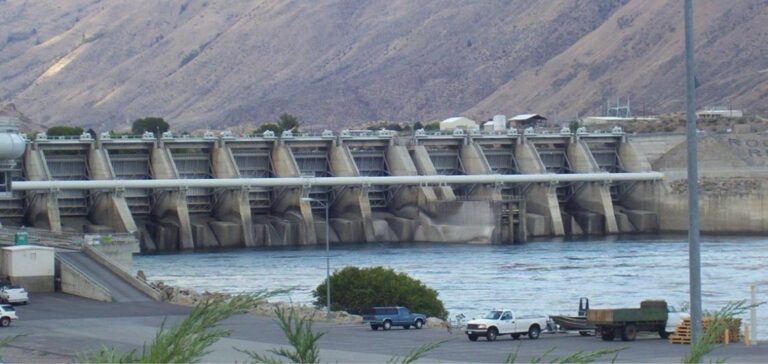Puget Sound Energy (PSE) and the Chelan County Public Utility District (PUD) have signed a contract to supply hydroelectric power from PUD’s two Columbia River projects, Rock Island and Rocky Reach.
20 years of hydroelectric power supply
The 20-year contract provides PSE with 25% of the generation from the PUD’s 624 MW Rock Island and 1,236.6 MW Rocky Reach hydroelectric projects from 2031 to 2051. The new contract also helps meet PSE’s renewable energy goals while providing flexible capacity for identified needs in Washington state, according to a release.
PSE’s current contracts with Chelan PUD, which expire in 2026 and 2031, provide a portion of the production for both projects on the Columbia River. The value of hydropower has increased as a carbon-free renewable energy source, meeting the new regulatory requirements of the Clean Energy Transformation Act, said Chelan PUD.
Contract will help PSE meet its renewable energy goals
PSE aims to provide its customers with 100% carbon neutral resources by 2030 and 100% clean electricity by 2045. PSE’s 25% share will continue to provide a reliable source of resource matching and the ability to integrate renewable resources for its customers.
The contract includes both the carbon-free energy attributes provided by hydropower and the flexible capacity to help PSE meet peak energy needs during periods of high customer usage.






















